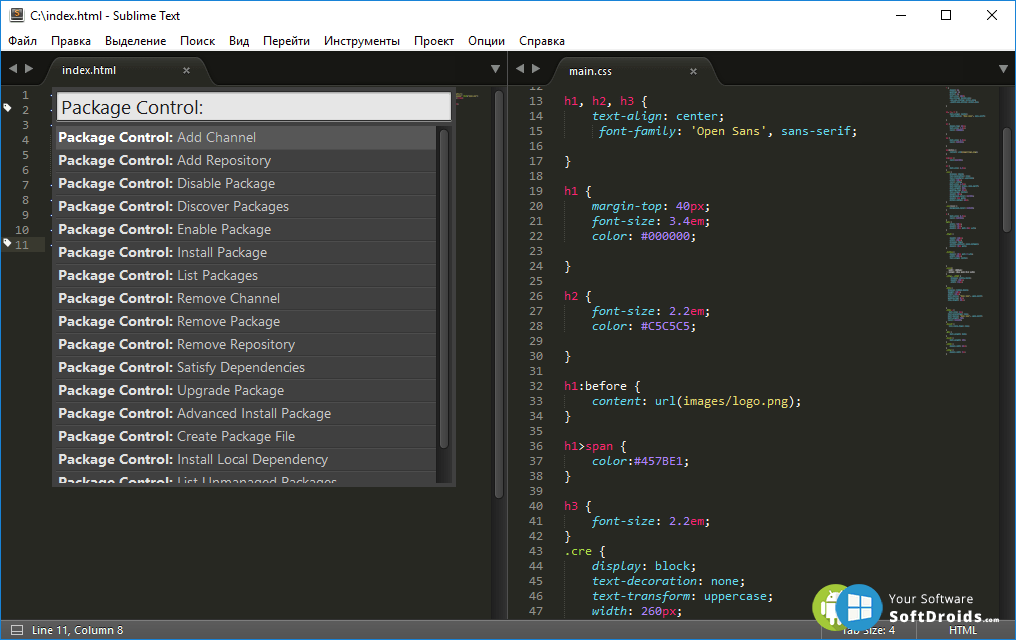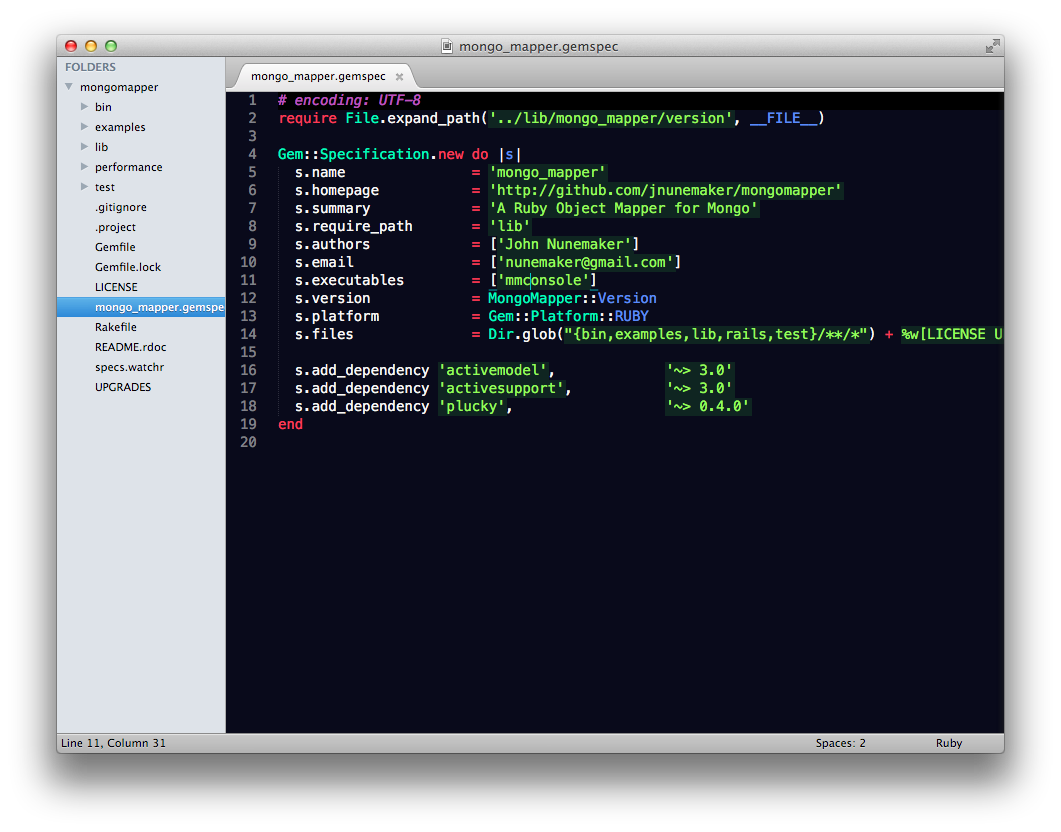
You type $1 or any other simple snippet field. "Sublime Snippet (Raw)" automatically, and you should get syntax highlighting if The buffer's syntax name should switch to You have now created your first syntax definition. In case you are wondering why PackageDev knows what you want to convert yourįile to: It's specified in the first comment line. Sublime Text will reload the changes to the syntax definition.

tmLanguage file will be generated for you in the same folder as

Syntax definitions from separate files can be combined, and they can be

Parts you'd like to have styled differently. Otherwise, a greedy regular expression might swallow Go from more specific rules to more general ones when you create a new In practical terms, this means that you should take care to The rule that matches at the first position in a lineĮach rule consumes the matched text region, which therefore will beĮxcluded from the next rule's matching attempt (save for a fewĮxceptions).Rules are applied in order, one line at a time. These pairs of regular expressions and scope names are Sublime Text will try to match these patternsĪgainst a buffer's text and attach the corresponding scope name to all In particular, Color Schemes makeĮxtensive use of scopes to style every aspect of a language in the desiredĪt their core, syntax definitions are arrays of regular expressions That's useful for Sublime Text users too.
#SUBLIME TEXT THEME FOR XML FILES MANUAL#
Textmate's online manual (opens new window) contains further information about scope selectors Sublime Text inherits the idea of scopes from Textmate, a text editor for Mac. Quoted strings in Python source code, but not inside single quoted strings in Scope selectors, you could have a key binding activated only within single You can drillĭown the hierarchy very much like with CSS selectors. Scopes can be nested to allow for a high degree of granularity. Snippet to a certain scope, you use a scope selector. New syntax definition, you care about scopes when you want to constrain a In items like snippets and key bindings to target scopes. There's a slight difference between scopes and scope selectors: ScopesĪre the names defined in a syntax definition, while scope selectors are used


 0 kommentar(er)
0 kommentar(er)
